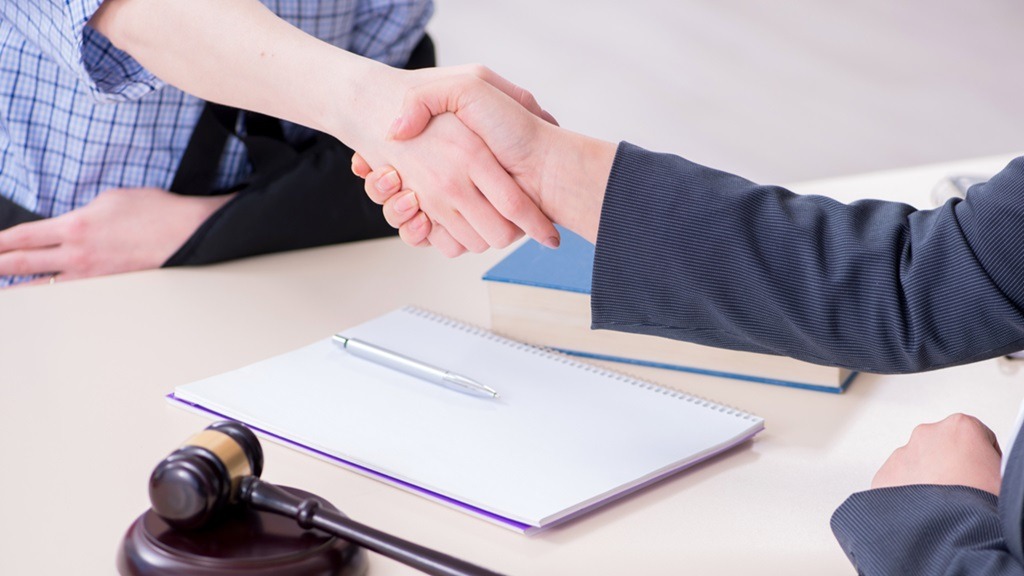A Guide to Understanding Litigation with an Accident Injury Lawyer

Table of Contents
- The Role of an Accident Injury Lawyer in Litigation
- Steps Involved in the Litigation Process
- Understanding Settlements and Trials
- The Impact of Evidence on Personal Injury Cases
- Calculating Damages in Personal Injury Lawsuits
- The Appeals Process in Personal Injury Litigation
- Psychological Aspects of Going to Court
- How Technology is Shaping Personal Injury Litigation
Key Takeaways
- An in-depth understanding of personal injury litigation enhances your ability to navigate the process effectively.
- Retaining a seasoned accident injury lawyer is crucial for strategic legal representation and emotional support during litigation.
- Evidence is the cornerstone of any personal injury case and must be managed with precision and expertise.
- Understanding the nuances of damage calculations can inform decisions during settlements and trials.
The Role of an Accident Injury Lawyer in Litigation
The efficacy with which a personal injury lawsuit unfolds often pivots on the expertise and approach of the accident injury lawyer engaged. Their role transcends beyond mere legal representation to encompass a range of responsibilities that can be critical to the success of a case. From the moment of first engagement, the attorney begins gathering facts, advising clients on the best course of action, and preparing for potential litigation. Their efforts are directed toward building a strong, evidence-based case that can withstand the challenges presented by opposing parties.
Steps Involved in the Litigation Process
Litigation is a complex process that involves several planned and executed steps. A bagen law accident injury lawyers files a lawsuit on behalf of their client, which sets the legal process in motion. The defendant is then served with legal papers, which triggers the discovery phase. During this critical phase, attorneys collect information, take depositions, and gather documentation relevant to the case. Pre-trial motions and hearings are then held, which can determine the course of litigation. At this stage, legal counsels work to establish favorable conditions for their clients before the trial begins.
Understanding Settlements and Trials
The decision between pursuing a settlement and heading to trial can be one of the most consequential choices in personal injury litigation. Settlements offer a semblance of certainty, allowing both parties to resolve their dispute without the unpredictability of a trial. However, if the parties cannot reach an agreement, the case moves forward to a trial, where the facts will be assessed and a verdict rendered by a jury or judge. The considerations in choosing between these two pathways are complex, and the counsel of an experienced accident injury lawyer is indispensable in weighing the risks and potential rewards.
The Impact of Evidence on Personal Injury Cases
Evidence is crucial to legal cases, especially in personal injury cases, where it must be handled carefully. Medical reports, photographs of the injury and accident scene, and witness accounts are all critical components that help to establish the facts. Expert testimonials may also be enlisted to bolster the case by providing insight into the extent of the injury and its repercussions.
Calculating Damages in Personal Injury Lawsuits
Calculating damages in a lawsuit, whether for medical expenses, loss of earnings, or emotional distress, is intricate and multifaceted. A just amount of compensation requires a holistic view of the plaintiff’s losses and suffering. Factors influencing this calculation include the type and severity of injuries, the expected recovery period, and the long-term effects on the individual’s quality of life. Entrusting an experienced accident injury lawyer with this task ensures that everything is weighed precisely and nothing is left unaccounted for. This carefully determined figure becomes a central point of negotiation during settlement discussions or is submitted for consideration during a trial.
The Appeals Process in Personal Injury Litigation
A trial’s culmination may bring a resolution, but sometimes, one or both parties might not be satisfied with the outcome. This is where the appeals process comes into play, offering a further opportunity to seek a more favorable verdict. The appealing method involves presenting the case to a higher court to review the proceedings for any legal errors that could have affected the outcome. It’s a pathway that requires careful consideration and clear grounds for appeal, such as the improper admission of evidence or misapplication of law. While an appeal is no small undertaking, with the right legal expertise, it can be a pivotal moment in pursuing justice.
Psychological Aspects of Going to Court
The prospect of going to court can be as daunting emotionally as it is legally. The litigation process can exert considerable psychological stress on plaintiffs, often exacerbating the trauma of their injuries. It’s crucial for individuals to be mindful of this emotional toll and to seek appropriate support, whether through counseling services, support groups, or the compassionate guidance of their attorney. An accident injury lawyer understands these pressures and can offer solace by explaining proceedings in lay terms and helping clients set realistic expectations for the outcome of their case.
How Technology is Shaping Personal Injury Litigation Technological advancements have permeated personal injury litigation, transforming how cases are constructed, presented, and adjudicated. The emergence of legal tech tools for case management, e-discovery, and digital evidence presentation is reshaping the landscape of legal practice. Tech innovations have also enabled the remote deposition of witnesses and virtual proceedings, increasing the accessibility and efficiency of the legal process.







